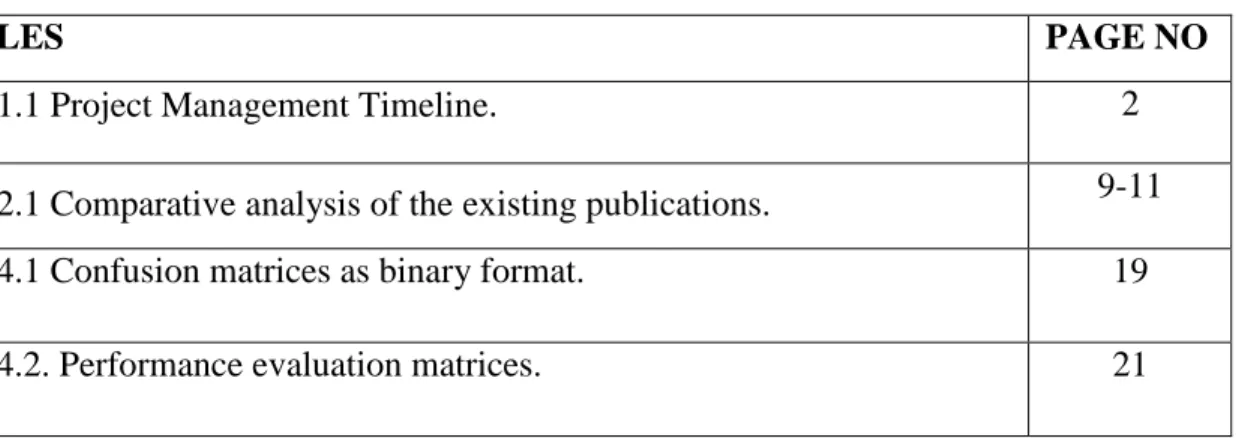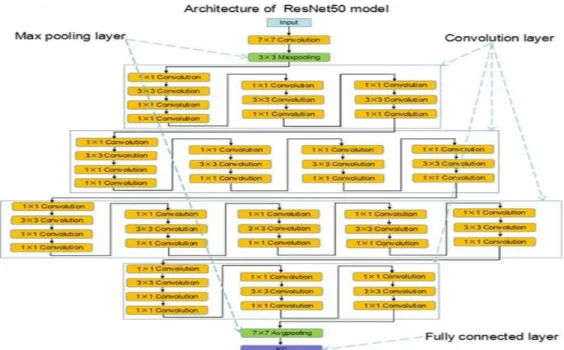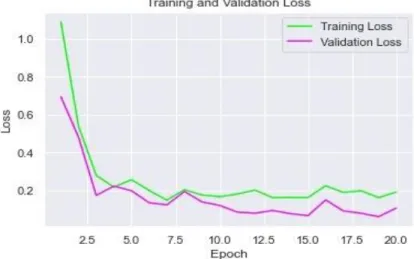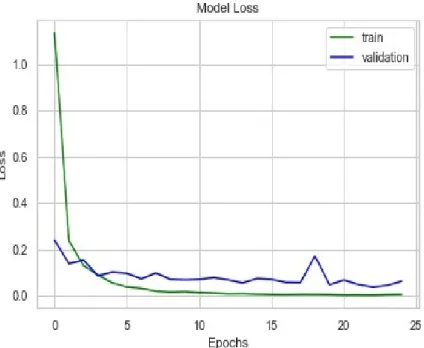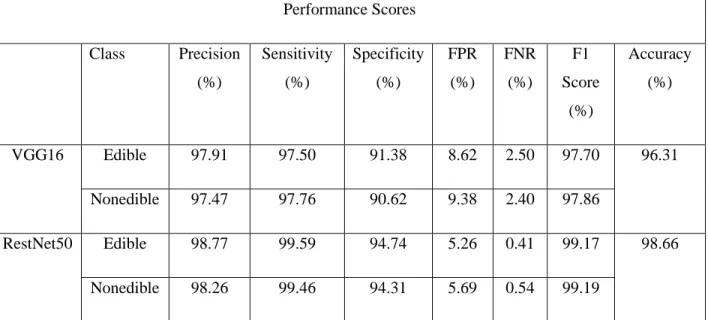This project/internship titled "MUSHROOM CLASSIFICATION USING CONVOLUTIONARY NEURAL NETWORK: A TRANSFER LEARNING APPROACH" submitted by Julfikar Habib, ID No Shaswatee Sarker, ID No Toma Rani Paul, ID No to the Department of Computer Science and Engineering, Daffodil International University has been accepted as satisfactory for the partial fulfillment of the requirements for the degree B.Sc. Department of Computer Science and Engineering Faculty of Natural Sciences and Information Technology Daffodil International University. We hereby declare that; this project was supervised by Md.
We also declare that neither this project nor any part of this project has been submitted elsewhere for the award of any degree or diploma. Deep knowledge and great interest of our supervisor in the field of "Web Application" to carry out this project. Touhid Bhuiyan, Professor and Head, Department of CSE, for his kind help to complete our project and also to other faculty member and the staff of CSE department of Daffodil International University.
We would like to thank all our course fellow at Daffodil International University who participated in this discussion during the completion of the course work. This project also shows how to use evolutionary computation to do the determination of key points in the mushroom dataset, using Convolutional Neural Network.
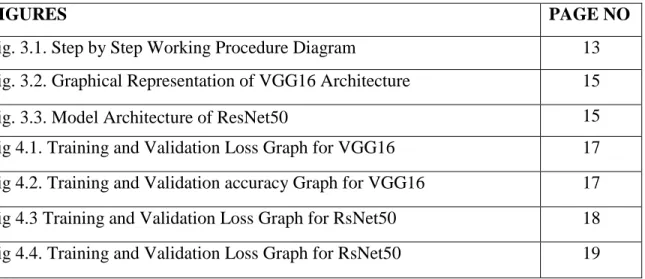
INTRODUCTION
- Introduction
- Motivation
- Rationale of Study
- Project Management and Finance
- Layout of the Report
Daffodil International University 2 but years and years back the majority of them are wild mushrooms and individuals who are used to. Indeed, even in this day and age, we have a lot of places where individuals practice this culture of burning wild mushrooms, but still there are a sufficient number of mushrooms that are harmful to eat and there are no such explicit elements that can depict not edibility of. They can discover the highlights that can represent the class (edible/harmful) of the mushroom.
In the 1st chapter, we presented the Introduction to the research with motivation, normal review, research questions, and the result of the outcome. Daffodil International University 3 We propose a methodology in Chapter 3, but we also have data collection, statistical analysis and implementation. In Chapter 5, we discussed the impact of wild mushrooms on society, the environment, ethical aspects and sustainability.
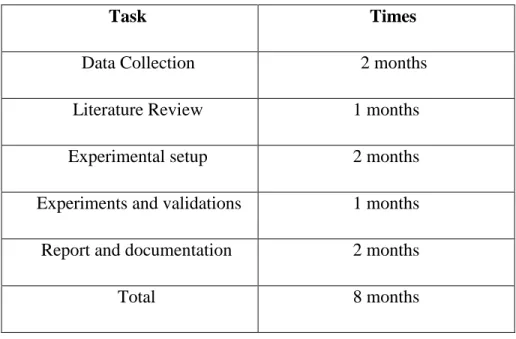
BACKGROUND
- Preliminaries/Terminologies
- Related Works
- Comparative Analysis and Summary
- Challenges
Artificial Neural Network and Adaptive Nero Fuzzy derivation system are used to perform the depiction methods. Påskelilje International University 6 applied for a picture plan. The proposed e-nose isolates nine fungicide types and provides unmistakable evidence rate from 84-98% [4]. Multi-layer ANN model is used to prepare, validate and test the data.
The basic credits of the educational assortment were recognized and the accuracy of the prediction whether the mushroom is edible or toxic was 99.25% [5]. Evaluation is performed on changing the data from direct to numerical in the data set configuration for the K-Nearest, Neighbor calculation while Naive Bayes remained aware of the outstanding direct features. About the completion of two runs, the four-way cross-validation technique was used to support the accuracy score.
In this paper, Multi-Layer ANN model was used to prepare and test the mushroom dataset to predict whether it is palatable or destructive. The main credits of the clarifying file were observed, and the accuracy of the prediction of whether mushroom is edible or poisonous was 99.25% [7]. Agung Wibowo, Yuri Rahayu, Andi Riyanto showed that the order pattern of hurtful mushroom or not will be conveniently driven by learning machines using mining as one of the methods to isolate computer aided data.
Right now there are three assessments of the best collection calculations in data mining such as Decision Tree, Naive Bayes and Support Vector Machine (SVM). The revision procedure used is trying different things with aided gadget by WEKA that has tried in connection with the three calculations. To coordinate the test, the mushroom data from the Agarics and Lapita family are used.
The test results show that the C4.5 estimator has an accuracy level comparable to SVM at 100%. So far, there are three links to the best requirements calculations in data mining, such as Decision Tree, Naïve Bayes, and Support Vector Machine. After investigating these works, I found some related works that are suitable for my work, just as a part of the technique and precision they achieved in their works.
RESEARCH METHODOLOGY
- Research Subject and Instrumentation
- Data Collection Procedure
- Proposed Methodology
- Data Preprocessing
- Implementation Requirements .1 Hardware Implementation
- Model Implementation
- Experimental Results & Analysis
- VGG16
- RsNet50
- Confusion Matrices
- Performance Calculation
Pre-processing refers to each and every one of the changes on the raw data before it is taken care of for the calculation of deep learning. For example, preparing a convolutional neural network on raw images will presumably produce terrible characterization exhibits. The viability of image data important for image classification is improved by image processing.
Throughout the preparation process, it helps to avoid the problem of overfitting. Overfitting occurs when the network learns the information instead of the common example of the dataset. In this study, we use two different versions of deep learning CNN architecture for extracting features from the images we use.
This model won first prize by achieving 92.7% accuracy of the top 5 tests on the ImageNet dataset that has about 138 million boundaries. Daffodil International University 15 3×3 filters with step 1 and maximum coupling employments 2×2 filters with step 2 finally, 3 fully connected layers are associated with SoftMax activation function. Reset50: Another convolutional neural network design ResNet50 is proposed by He who won the ILSVRC-2015 rivalry in 2015 to shed light on the issue of unfair different layers not learning personality maps and corruption issues.
The classifier was then trained on the mushroom dataset using the ResNet50 and VGG16 architecture, and the model's performance was evaluated using test images. This was performed to compare our model with other known transfer learning pretrained networks. Daffodil International University 19 Then use the ResNet50 and VGG16 architecture to train the classifier on the pothole dataset, and use the test images to evaluate the performance of the model.
This is done to compare our model with other well-known trained transfer learning networks. Our model was given the opportunity to continue training using the training dataset, which included both original and enhanced images. With this methodology, we were able to expand the amount of photos captured, while most past efforts had fewer photos.
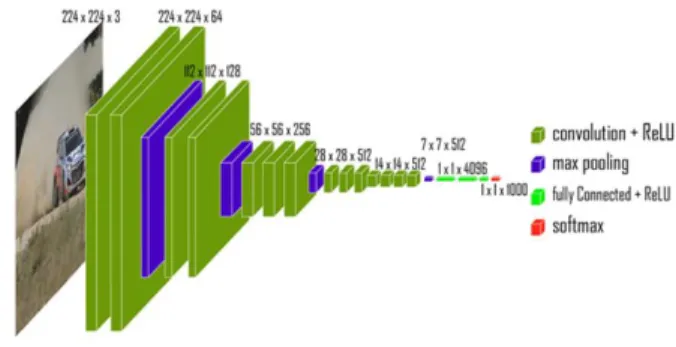
IMPACT ON SOCIETY, ENVIRONMENT AND SUSTAINABILITY
- Impact on Society
- Impact on Environment
- Ethical Aspects
- Sustainability Plan
In this way, having poisonous or wild mushrooms is an exceptionally serious problem for society. Trackers should try not to collect mushrooms that are difficult to identify, and should be comfortable with the fact that poisonous mushrooms look basically the same as edible mushrooms. Before ordering mushrooms, food stores and restaurants can learn more about the wild mushroom.
Daffodil International University 24 pieces, ideal for expansion into high-quality preparation mixtures or in agriculture. Mushroom development is one of the fastest developing and most technologically modern green businesses in the world. Wood waste can pose a real threat to the health of forest areas and to forest fires, which seriously damage the biological system. It can be used to develop mushrooms.
Nevertheless, it has a high nitrogen content and can be used as a separate substrate for mushroom cultivation. A study can be extremely special or exceptional, but if it has no ethical value that makes the study insufficient, we want to think about the ethical part of something before we do or create something. The ethical angles of us by model is that it tends to be particularly helpful to humanity and it can prevent a great deal of delivering harmful fungi sooner rather than later.
In this research, in case we can group wild mushrooms, it will help each individual to understand their accidental effects without any problem. Mushroom hunting requires the tracker to have the choice to recognize the mushroom species, and to take care of which animal groups are attractive and which used to be okay with which poisonous mushrooms look fundamentally as old as these. It can also help those pesky individuals who are down from their business in light of their absence of data on mushrooms.
On the off chance that they can group the wild mushroom appropriately, then it tends to be extremely simple to get out of it.
FUTURE WORK & CONCLUSION
Summary of the Study
A Czech proverb says that every mushroom is edible, but some are edible only once. There are about 100 species of mushrooms that are considered harmful, some causing gastrointestinal problems, so to speak, and others causing death. The research expects to introduce a mushroom species characterization model dependent on 9 species of wild or poisonous mushrooms. Mushroom image datasets were also used in the investigation by differentiating parts of the image based on scaling, interpretation, change in lighting conditions, and change in viewing angle.
As shown by the test, the proposed model can group each of the 9 types of toxic mushrooms with high accuracy, and the proposed model can work by applying CNN and is powerful in scaling, interpretation, rotation, light condition and perspective change , which are the challenges the study focuses on.
Implication for Further Study
34;Classification of mushroom fungi using machine learning techniques." International Journal of Advanced Trends in Computer Science and Engineering. Reya, "A Deep Learning-Based Approach for Edible, Inedible and Poisonous Mushroom Classification International Conference on Information and Communication Technology for Sustainable Development ( ICICT4SD), 2021, p. 34; Image analysis of mushroom species classification by convolutional neural networks." Proceedings of the 2019 2nd Artificial Intelligence and Cloud Computing Conference.
34; Classification of mushrooms using artificial neural network." International Journal of Academic and Applied Research (IJAAR. Hidayatulloh, "Classification algorithm for identification of edible mushrooms International Conference on Information and Communications Technology (ICOIACT), 2018, pp.
